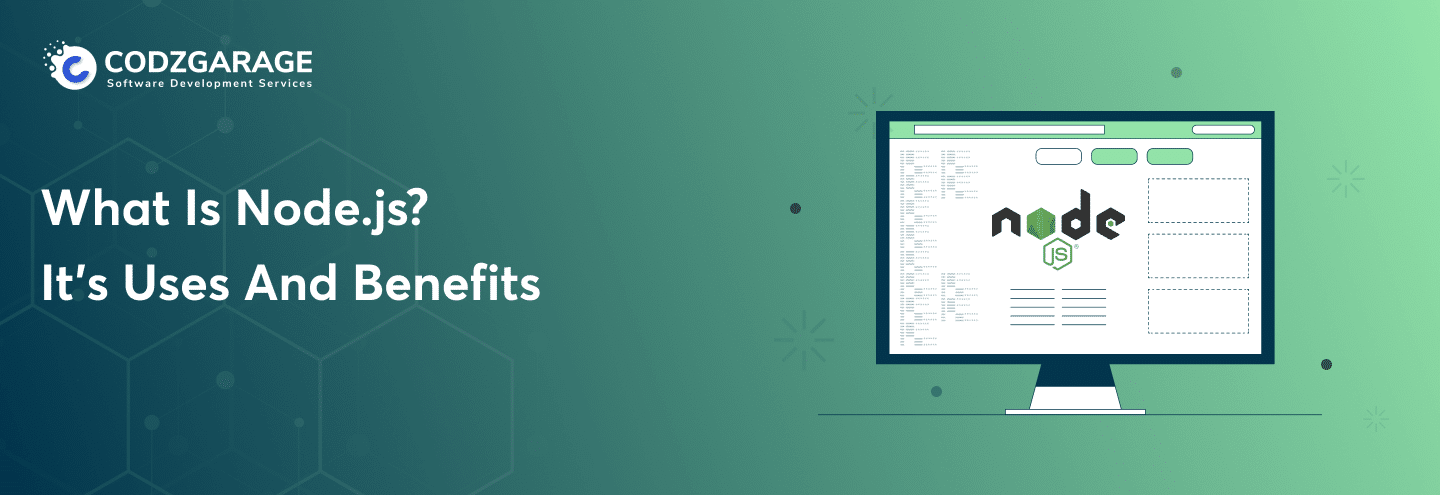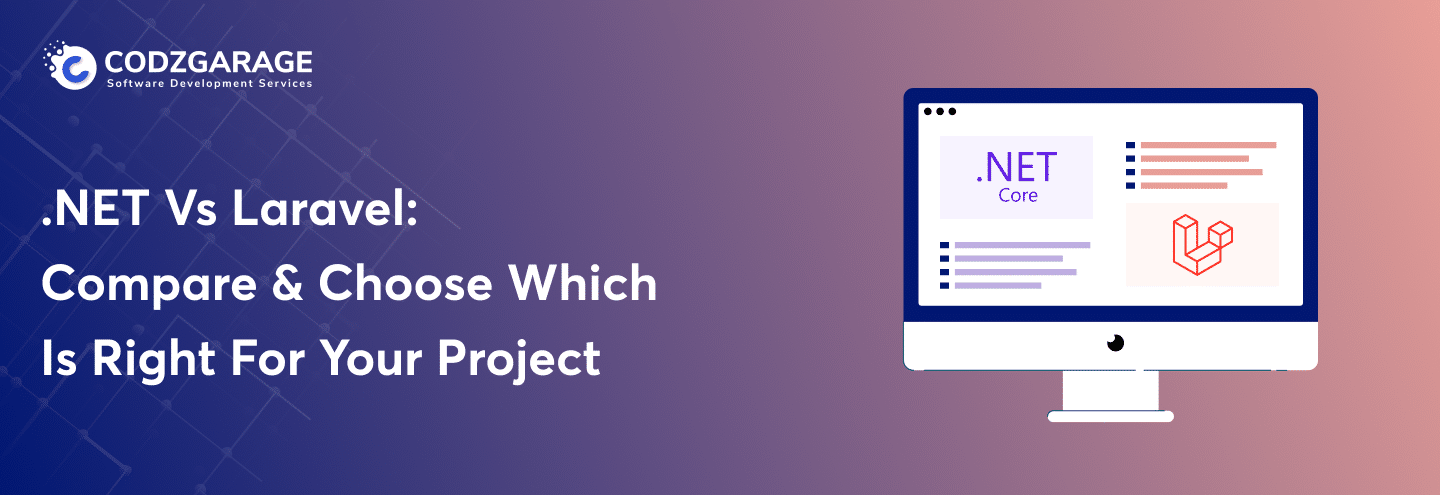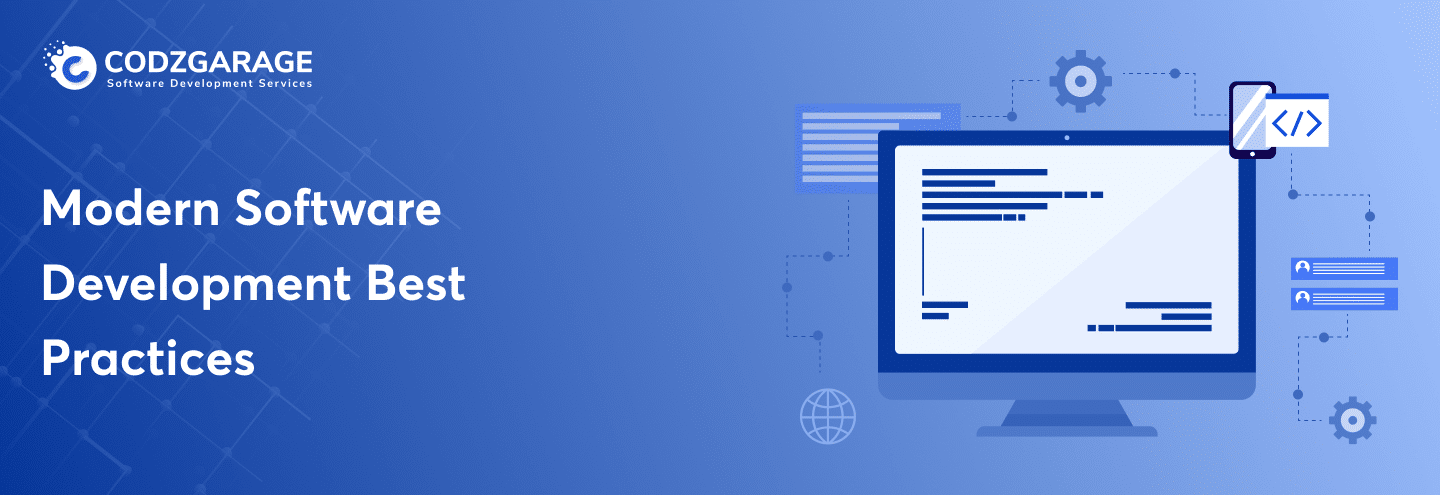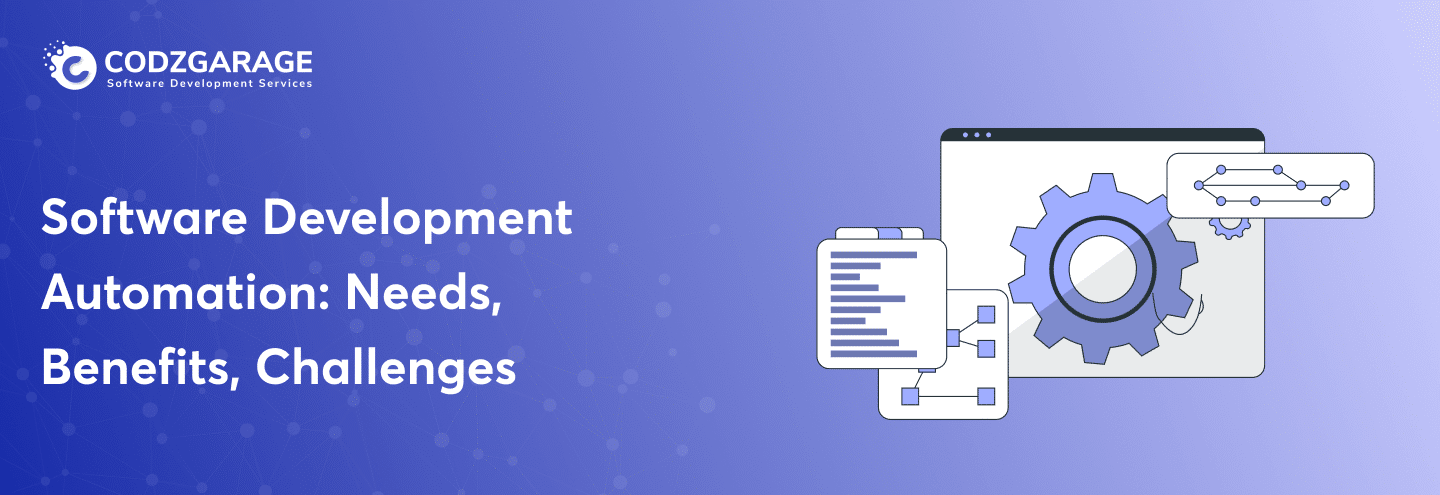-
1391
Enterprise Application Support Models: All You Need to Know
An all-in-one guide on the application support model, its benefits, and how to create it in just a matter of a reduced amount of time & effort!
You may or may not know that software development is a continuous process that ends nowhere—it needs constant support and maintenance to remain aligned with changing requirements. However, we discussed the difference between software maintenance and support in our previous article; in this article, we’ll be assessing the nuts and bolts of application support models.
You may not know that building high-performance software includes but is not limited to creating codes and integrating solution-based features—it goes beyond that. Software development isn’t a one-time process that ends with deployment, but it continues and grows as your business grows. It means you need to upgrade it as your business requirements increase down the line.
A report in 2020 states that the user’s expectation is frequently increasing, triggering the need to enhance speed, ensure ease of use, and personalize the user experience of the software. Software support and maintenance come in handy to bridge this gap. We analyzed the software maintenance life cycle in our previous article, and this article talks about software support models.
Codzgarage is a client–centric custom software development company offering complete support and maintenance to the client on every project developed. Contact us for more information!
Through this article, you’ll have a better understanding of what enterprise application support models are, what the benefits are, and how to create them. All you need to do is read through this article, accumulate information, and use it to keep your software in alignment with the time-tested technologies and the current business model.
Let’s read between the lines!
What’s An Application Support Model
In short, an application support model is a complete amalgamation of frameworks and activities aiming to ensure there’s a smooth process of a software solution’s support post-deployment. The approach involves both technical and human support, intending to address the functionalities and performance of the product by keeping an eagle eye on the user’s issues.
The technical support team involves members of the technical management liable for implementing the best practices to maintain the system in favor of an organization’s benefit. In contrast, human support tends to handle professional support requests to make sure to provide ample solutions and deny delays for a flawless customer experience.
How Do Application Support Models Improve Software Performance And User Experience?
There are various factors involved in building custom software; however, following the software development life cycle is the best way to go. After software gets developed and deployed, it needs continuous support to remain maintained and aligned with the current requirements. In order to make sure there’s no unexpected error in a software system, a service provider offers support and maintenance continuously. Look at the pointers below to know how support services improve the performance of your software!
- Issue Tracking & Fixing— The application support model tends to help you identify, assess, and tackle issues influencing the software’s performance to keep its functionalities functioning the way they should.
- Frequent Improvement— Enterprise application support models involve problem management procedures aiming to assess and identify issues with their root causes. By troubleshooting these issues, the support team employs long-term solutions for the continuous improvement of your project.
- Satisfactory User-Experience— Dedicated resources, for instance, the production support team, identify and fix problems with a system, leading to a satisfactory user experience.
- Change Management— Frequent improvements and updates to meet ever-changing needs or address emerging issues of software are essential. Thanks to the application support model embedded with change management processes assist you in implementing the changes appropriately.
The Different Types of Application Support Model
Now that we’ve come to know what the enterprise application support model is, along with how it benefits your application, let’s explore the different types of software support models. Following are some of the application support service models that you should have a look at!
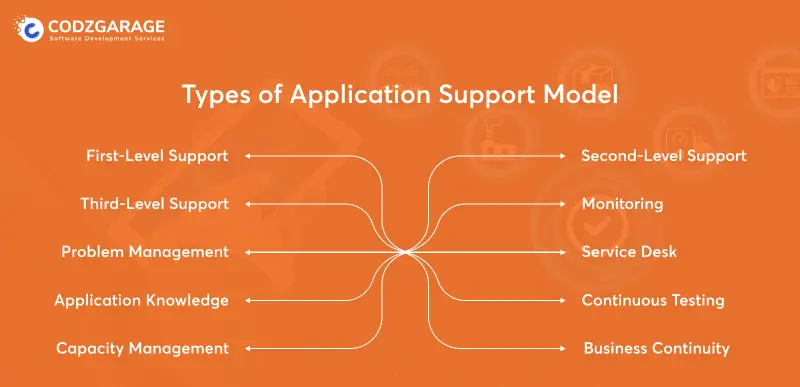
First-Level Support
First-level support is the basic type of application support. It determines the potential cause of issues in an application and resolves them efficiently.
Second-Level Support
Second-level support needs more expertise compared to the first-level support. It entails a complete measurement of the causes of obstacles in software and fixing them by an expert.
Third-Level Support
Third-level support includes finding out the causes of obstacles in software by the experts excelling at understanding the software or the code. In general, the third-level support is more likely to be handled by the developers who have developed the website or an application.
Monitoring
Another application support model is “Monitoring”. It’s a general app support service that ensures the optimal quality of the availability, service, performance, and security of an application as it was expected.
Problem Management
Problem management is a process consisting of troubleshooting the basic causes of technical issues. Problem management tasks may take several months to get accomplished. Take an example here that an unreliable telecom service provider is the key cause of an issue. In that scenario, an expert may take more time establishing the connection, end the risk, and seek out an appropriate replacement service provider.
Service Desk
Next up, we have Service Desk, the next application support model to discuss in this article. The customer service desk entails the creation and maintenance of a space for users for services like question submissions, raising concerns, and the like.
Application Knowledge
No matter how skilled you are, there’ll always be something to learn about software. This learning includes how your products function and the like. Application knowledge task is provided to acquire and improve the knowledge about software that assists you in creating FAQ documents and other support materials.
Continuous Testing
Continuous testing is the next application support model that’s designed specifically to pinpoint issues before they influence a system. It’s a modern approach to application support.
Capacity Management
Capacity management ensures an application efficiently makes use of resources and owns ample bandwidth and data storage for completing tasks needed.
Business Continuity
Last but not least! Business continuity is another application support model that plans for any event.
What to Consider Before You Create An Application Support Model?
Creating an application support model isn’t a tiny task to perform. You need to follow many steps like that of the software maintenance life cycle to create the same. Following are the steps to consider before you move to create a software support model:
Decide on The Support Team You Need
First of all, you should determine the type of support team you need. Look at the pointers below showcasing the types of software support teams you may require:
- The User Support Team (L1 support)— This is the first point of contact for multiple support queries. The L1 support team answers the general questions relating to software uses and instructions to troubleshoot general issues, for instance, login obstacles, software reinstallation, checking hardware configuration, and the like. The support team registers problems faced by users, gathers their extensive descriptions, and provides appropriate solutions to their queries for technical support.
- The Technical Support Team (L2 support)— The L2 support team tends to troubleshoot advanced issues in need of minor changes to an application. These issues can be, for instance, configuration issues, account administration issues, service restart, and the like. Besides, the team can also offer monitoring activities for apps intending to proactively prevent slowdowns and failures before they get encountered by the end users.
- Software Engineers (L3 support)— The support team offers assistance to fix complex issues relating to the code and database level while providing hotfixes and monitoring improvements for the very supported application.
Note: The support focus tends to be shifted based on the application’s context and nature. In case it’s an internal enterprise application, you may need more technical requests, and L2 and L3 support teams should prevail over others. If you have a customer-facing application, you need to focus more on the general user’s support and guidelines; hence, the L1 support team should suffice the need.
Decide The Time Table of the Support Team
Deciding on the support team’s timetable is the next step to take into consideration. You can ensure support services on various timetables, which can be 24×7, 12×7, 24×5, 12×5, and 8×5. Your support team’s schedule immensely depends on the type of application in need of support. If you have mission-critical internal software, 24×7 monitoring and support can be an efficient alternative.
Furthermore, this type of support model is also preferred for external software solutions whose downtime is likely to incur immense reputational as well as financial damages. These types of applications include online banking or large eCommerce solutions. If you’ve other types of applications, going with support during business hours can be an ample and cost-saving alternative.
Select The Chanel To Be Used To Request Support
There are different channels where you can offer support to your users, but not all of them are appropriate to your needs. Therefore, you need to decide depending on three factors, which include the channel’s availability, user preferences, as well as industry trends. Assess many but choose only a few—as covering more channels may be convenient for your users; however, it’s more likely to entail an enhanced workload to the support team, thereby mitigating the efficiency. Below mentioned are some of the channels with which the support teams can track and receive questions:
- Case Tracking System.
- Contact Email.
- Instant Messenger.
- Embed Live Chat.
- Social Network.
- Contact Phone (mostly utilized for emergencies).
- Customer Portal.
Select The Hiring Model You Need
You can create an all-level support team either in-house by upskilling and reassigning staff or hiring additional talents. Apart from that, you can cooperate with a support vendor who can take appropriate responsibility for complete support management and arrangement, the quality result aligning with the agreed KPIs, and other risks. In case you lack the time and skills needed for establishing and coordinating complex support procedures, the latter alternative will be the right suit for you. A reliable vendor must have the following:
- Streamlined, structured, and tailored communication.
- On-demand scalability.
- Established security.
- Long-term commitment.
- Flexible cooperation terms.
- Certain specific skills and talents on board if needed.
Assess And Decide on The Outsourcing Alternatives That Suit You The Most
Offshore Vs. Onshore Outsourcing
Offshore outsourcing can be a cost-effective alternative, but such cooperation tends to cause issues developed by communication gaps, differences in time zones, languages, and cultural barriers. Besides, it can lead to legal issues, too. In order to circumvent these glitches and optimize the support cost, you can opt to go with an onshore outsourcing alternative. If you want to know the way to hire offshore developers, flip through our previous guide on how to hire offshore software developers to widen your knowledge.
All-round Or Partial Outsourcing
You’re capable of choosing either all-around or partial software support outsourcing based on your in-house team’s availability to establish support processes and manage the team. First off, you should gauge your needs and the solution that is likely to meet the needs, and then choose what’s right to meet the needs of the circumstances.
One-Vendor Vs. Multi-Vendor Outsourcing
You can choose multi-vendor outsourcing; however, it’s particularly relevant for large enterprises that outsource the support of heterogeneous apps. With this, you’ll be free to outsource various support levels for a single application independently. Multi-vendor outsourcing ensures you have a wider tech reach, circumventing vendor lock-ins, thereby mitigating the cost and bringing advantages of particular vendor specialization to the table.
In case you opt to outsource app or app support levels independently, ensure your vendors are capable of communicating and working hand in hand on troubleshooting the hassles. In case this isn’t the case, you’ll end up with a great deal of delays and deterioration of the quality of the offered services.
Signing Off….!
That’s all there’s to it! If you have a properly tailored enterprise application support model, you’re more likely to be at the core of embracing successful support services cost-effectively. We discussed all the aspects of application support models, and hopefully, you’ve come to know all that you need to have an efficient, more effective support model for your application. In case you come across any hassle, we at Codzgarage will be available round the clock to assist you with comprehensive solutions.
Need
Consultation?Developer’s expertise
- Decade of experience
- 100+ projects
- Timely delivery



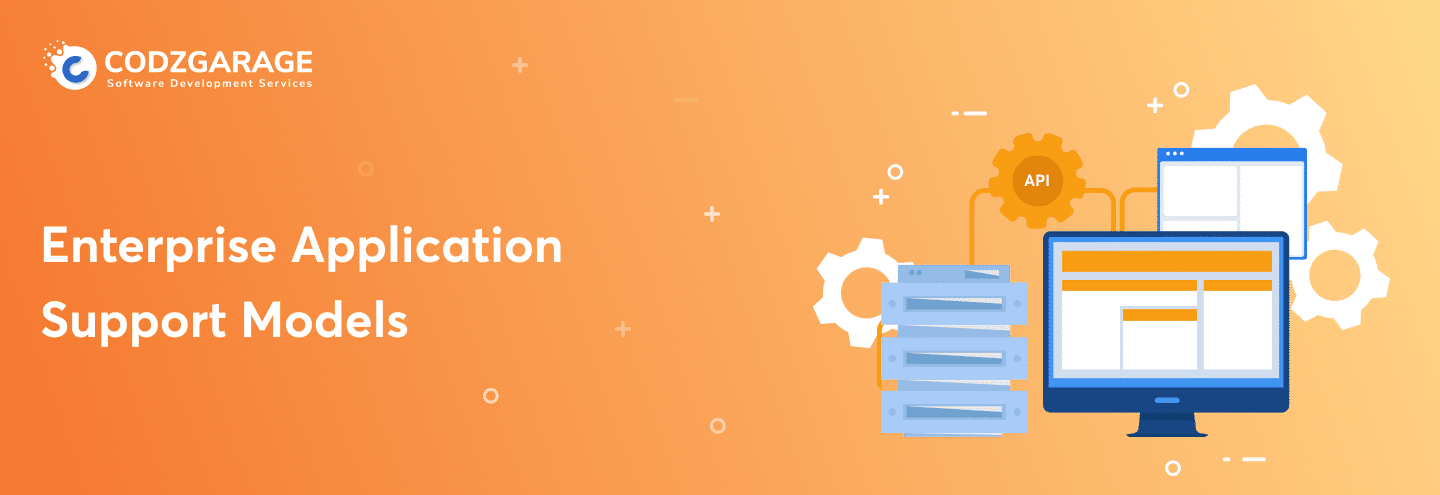

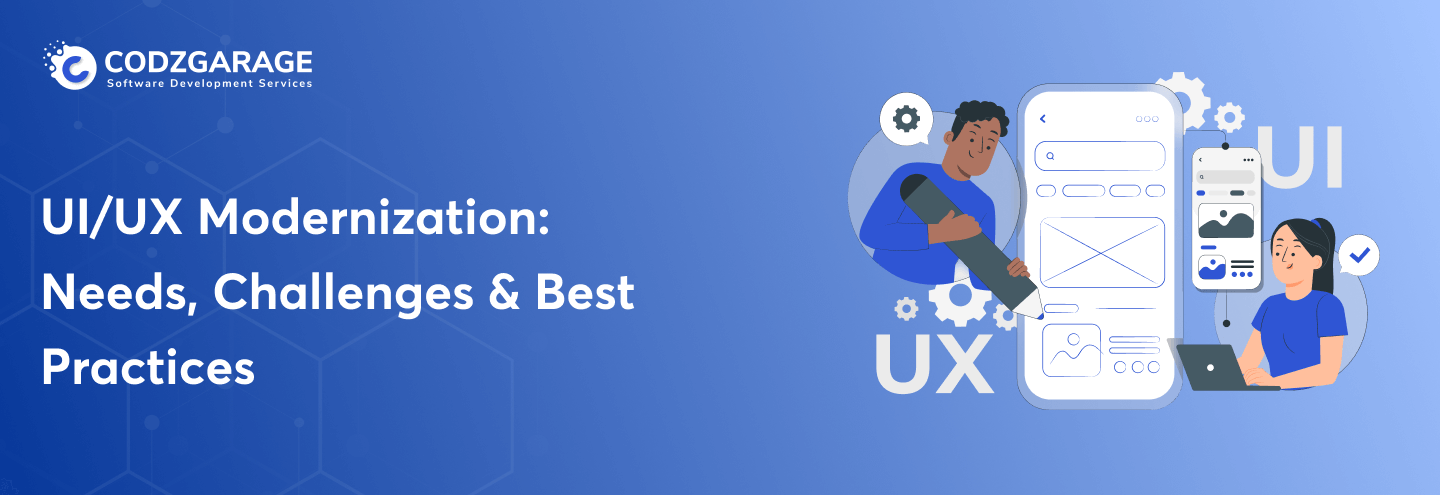
 Kevin Bhut
Kevin Bhut 